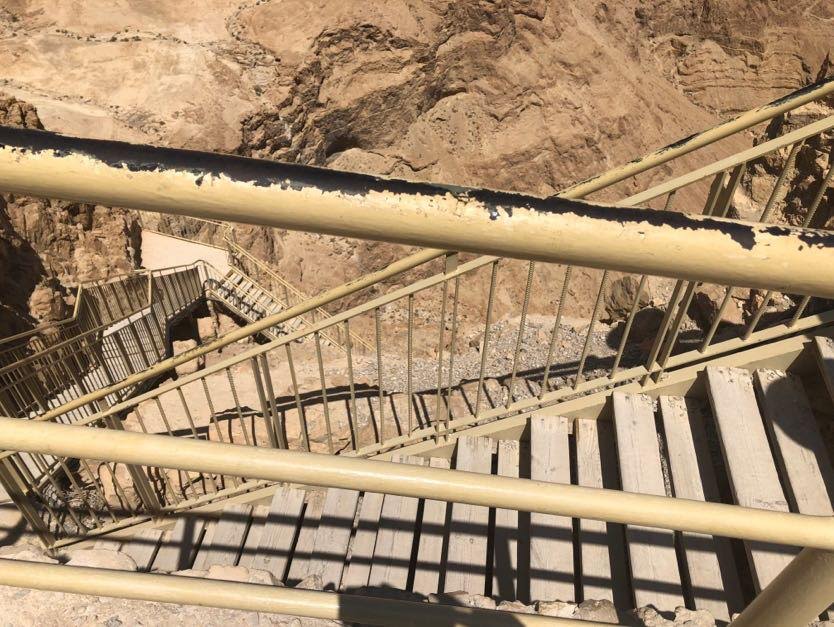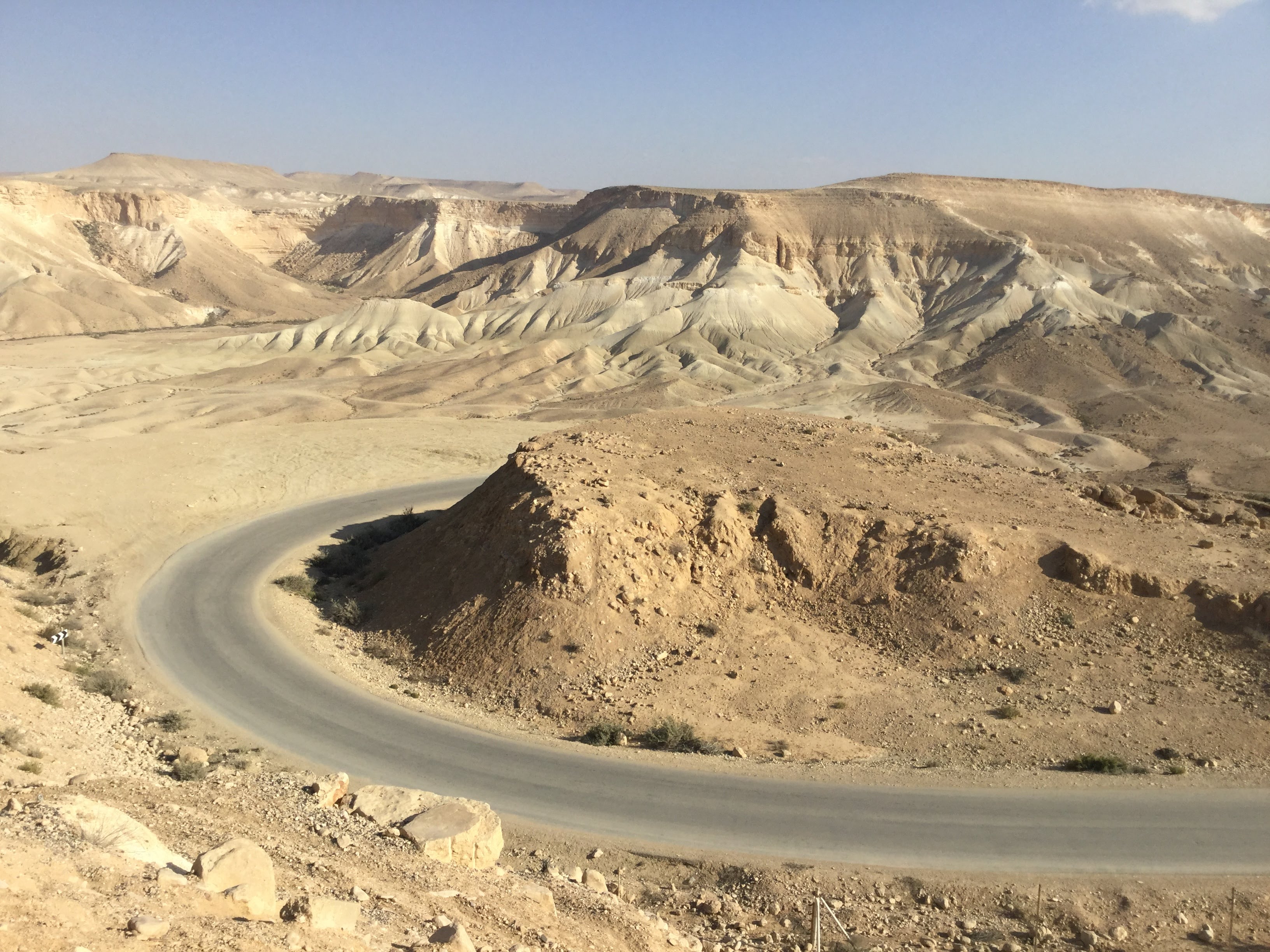Approximately 1,100 lay and professional Jewish Day School leaders had the unique privilege of “being in the room” as Yossi Prager reflected on the legacy of the AVI CHAI Foundation as well as the future of the Jewish Day School movement. The feeling in the room was one of profound appreciation and solidarity. Literally every person in that room, regardless of role, geographic location, or religious denomination, has been directly impacted by AVI CHAI Foundation programming and funding. I think it’s fair to say that each of us appreciated Yossi’s thoughtful reminiscences and were inspired by his optimistic outlook toward the future.
For those that weren’t in the room, the speech is now circulating thanks to eJewish Philanthropy. It’s an important read. Yet while the essence of the speech is preserved there, I noticed one omission that is, in my opinion, quite significant: the final three words. At the end of his speech, Yossi invited those of us in the room to “enjoy the music.” That invitation is missing from the printed version of the speech.
The peshat (straightforward) reason why Yossi invited us to “enjoy the music” is because his remarks were followed by an inspiring and uplifting performance by the band, Distant Cousins, a perfect capstone to the evening. Since there’s no live musical performance following the reading of Yossi’s speech in its current format, it makes sense that this exhortation was removed from the published version of his remarks because it lacks context. At the same time, I think the omission of these words renders the speech somehow incomplete.
What I heard in Yossi’s call to “enjoy the music” was more than the peshat, more than a straightforward invitation to enjoy the infectious sounds of Distant Cousins. I heard, in those three words, a call to appreciate the beauty, power, and possibility that surrounds us in each moment.
To me, “enjoy the music” means enjoying the sounds of the conversations of the people in the room that night. It means enjoying the heartfelt applause, expressions of gratitude, clinking of silverware, smiling faces, and sounds of friends and colleagues embracing one another. To me, it was a call to be fully present for the DSLTI Reunion and other evening receptions that followed that evening, including a fabulous poetry reading by Jake Marmer. To me, it was a call to listen closely. To pay attention. To honor the collective sound of our earnest and deep devotion to the Jewish People, Jewish education, and Torah. “Enjoy the music” is, in my humble opinion, an orientation toward life that encompasses mindful awareness, conscious listening, and acknowledgment of the beauty that surrounds us in each moment.
During Yossi’s speech, I had the good fortune of sitting next to two colleagues. On my left was Dr. Deborah Skolnick Einhorn, associate dean and professor at Hebrew College. I enjoyed the music of our conversation, especially because it included a shared appreciation of Rebecca Good, one of her advisees and one of my beloved colleagues at The Davis Academy who was also at our table that evening. On my right was Dr. Bruce Powell, one of the most audacious and pioneering leaders of the Jewish Day School movement. At the end of Yossi Prager’s speech, I turned to Bruce and suggested that “enjoy the music” wasn’t only a great way for Yossi Prager to end his speech, but a great way for anyone to end any speech. For the reasons I’ve alluded to here, I stand by that observation.
When you read Yossi’s speech, I hope you will indeed “enjoy the music” not only of his remarks, but of this sacred journey upon which we find ourselves.


